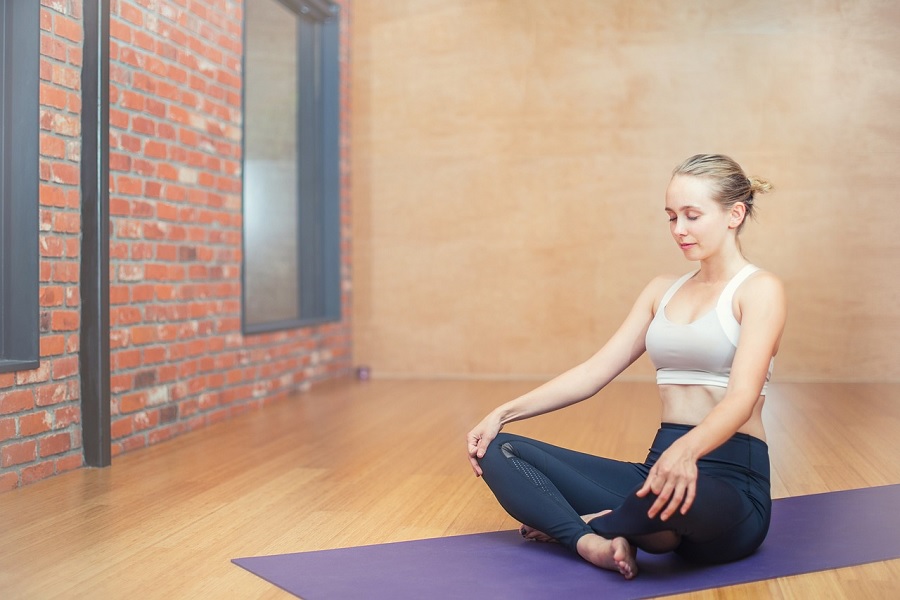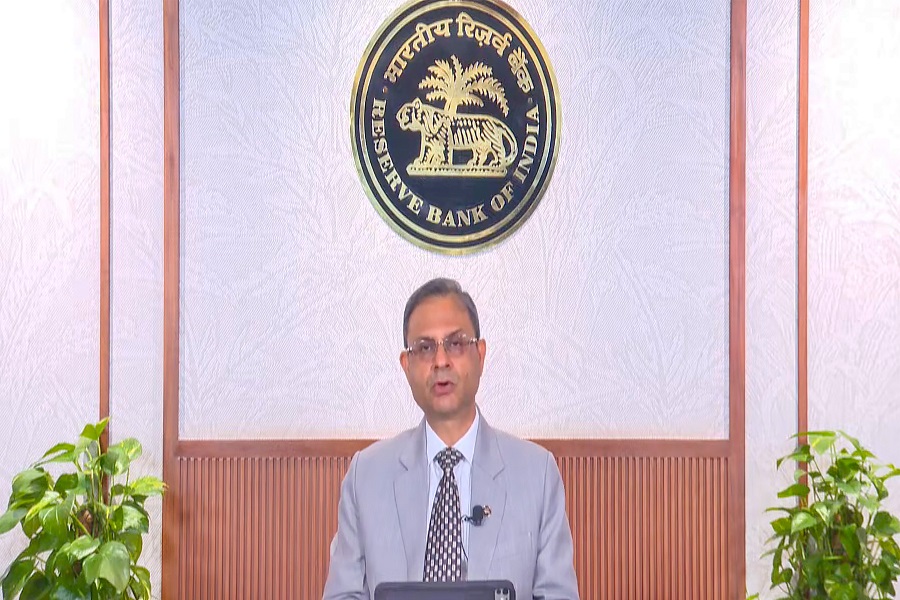The Rise of Mindful Living: How to Incorporate Mindfulness into Your Daily Routine

In today’s fast-paced world, where distractions are constant, and the pressures of work, relationships, and personal responsibilities seem never-ending, the practice of mindfulness has emerged as a powerful antidote to stress. Mindfulness, at its core, involves being present in the moment without judgment, and it’s gaining widespread attention for its ability to improve mental clarity, emotional resilience, and overall well-being. This article explores how you can integrate mindfulness techniques into your daily life and unlock their benefits.
What Is Mindfulness?
Mindfulness is the practice of paying attention to the present moment, intentionally and without judgment. Rooted in ancient meditation practices, particularly from Buddhist traditions, it has become a mainstream tool for enhancing mental health. By focusing on the here and now, mindfulness helps individuals break free from the grip of constant worry, anxiety, and stress. This shift in focus has profound benefits for mental clarity, productivity, and emotional well-being.
In our modern, technology-driven world, where we’re often multitasking and constantly bombarded by information, mindfulness serves as a grounding practice that allows us to take a pause, reduce the noise, and reconnect with ourselves. It’s no surprise that more and more people are turning to mindfulness techniques to help cope with the demands of daily life.
Why Mindfulness Matters
With rising stress levels due to work, family life, and the constant bombardment of digital notifications, many people are seeking ways to improve their emotional health. Research has shown that regular mindfulness practices can help reduce stress, anxiety, and depression, while also improving focus, emotional regulation, and even physical health by lowering blood pressure and improving sleep quality.
Incorporating mindfulness into your routine doesn’t require large amounts of time or drastic changes in your life—it’s about cultivating small moments of awareness that can have a lasting impact. As mindfulness continues to rise in popularity, let’s look at three key techniques to bring it into your daily life: meditation, journaling, and breathing exercises.
Techniques for Incorporating Mindfulness into Your Daily Routine
1. Mindful Meditation
Meditation is perhaps the most well-known mindfulness practice. The goal of mindfulness meditation is to focus attention on the breath, thoughts, or bodily sensations while gently guiding your mind back to the present moment whenever it wanders. This practice helps reduce the mental clutter that often contributes to stress and anxiety.
How to Incorporate It:
Set aside 10–20 minutes each day to practice meditation.
Find a quiet place, sit comfortably, and close your eyes.
Focus on your breath as it enters and exits your body. If your mind wanders, gently bring it back to your breath.
Use guided meditation apps such as Headspace or Calm for additional support.
Benefits: This practice can help calm the mind, reduce stress, and foster a greater sense of peace. Over time, mindfulness meditation enhances your ability to remain present, even in stressful situations.
2. Mindful Journaling
Journaling is a powerful tool for mindfulness because it allows you to reflect on your thoughts and feelings, enabling a deeper understanding of yourself. By writing down what’s on your mind, you can process emotions, clarify thoughts, and release the mental clutter that can overwhelm your mind.
How to Incorporate It:
Dedicate 5–10 minutes every day to journaling.
Write without worrying about grammar or structure; the goal is to let your thoughts flow freely.
Reflect on your day, focusing on the present moment and any emotions you experienced.
Use prompts like “What am I grateful for today?” or “What did I learn from today’s experience?”
Benefits: Journaling helps promote self-awareness, boosts emotional clarity, and encourages gratitude. It’s also a great way to release any negative emotions, helping you build a sense of emotional balance.
3. Breathing Exercises
Breathing exercises are one of the simplest and most effective mindfulness practices. The act of focusing on your breath helps center your thoughts and brings awareness to the present moment. This can be especially helpful during stressful times or when you need to refocus your attention.
How to Incorporate It:
Practice deep breathing exercises whenever you feel overwhelmed or stressed.
Try the 4-7-8 technique: Inhale for 4 counts, hold for 7 counts, and exhale for 8 counts.
Alternatively, use a mindful breathing app that can guide you through breathing patterns.
Practice mindful breathing during any part of your day—whether during your commute, lunch break, or even while lying in bed before sleep.
Benefits: Deep breathing helps lower stress levels, reduce anxiety, and increase mental clarity. It activates the parasympathetic nervous system, which counteracts the body's stress response and promotes relaxation.
How to Make Mindfulness a Habit
The key to reaping the benefits of mindfulness is consistency. It’s not about making drastic changes overnight, but about integrating small practices into your everyday routine. Here are a few tips to help you incorporate mindfulness into your life:
Start Small: Begin with just 5 minutes of meditation or breathing exercises each day. Over time, you can gradually extend the duration.
Create Reminders: Set reminders on your phone or place sticky notes around your home to remind you to pause, breathe, and be present.
Be Patient: Like any new habit, mindfulness takes time to develop. Don’t be discouraged if you find it hard to focus at first—just keep practicing.
Integrate Mindfulness into Daily Activities: Whether you’re eating, walking, or washing dishes, try to bring mindfulness into everyday tasks by focusing on the sensations and being fully present in the moment.
The Impact of Mindfulness on Your Well-Being
Incorporating mindfulness techniques into your daily routine offers numerous benefits. By training your brain to focus on the present moment, you become better at handling stress, improving your emotional health, and boosting your overall well-being. Mindfulness enhances mental clarity, supports emotional regulation, and improves productivity. It encourages a healthier perspective on life, which can help you navigate daily challenges with greater ease and resilience.
Conclusion
Mindfulness is no longer just a trend; it’s a vital tool for emotional and mental well-being in today’s demanding world. By practicing mindfulness meditation, journaling, and breathing exercises, you can experience reduced stress, improved emotional health, and greater mental clarity. As more people discover the power of mindfulness, it is increasingly becoming a key component in leading a fulfilling and balanced life. Start small, stay consistent, and experience the transformative effects of living in the moment.























